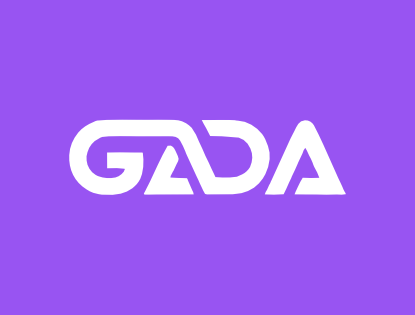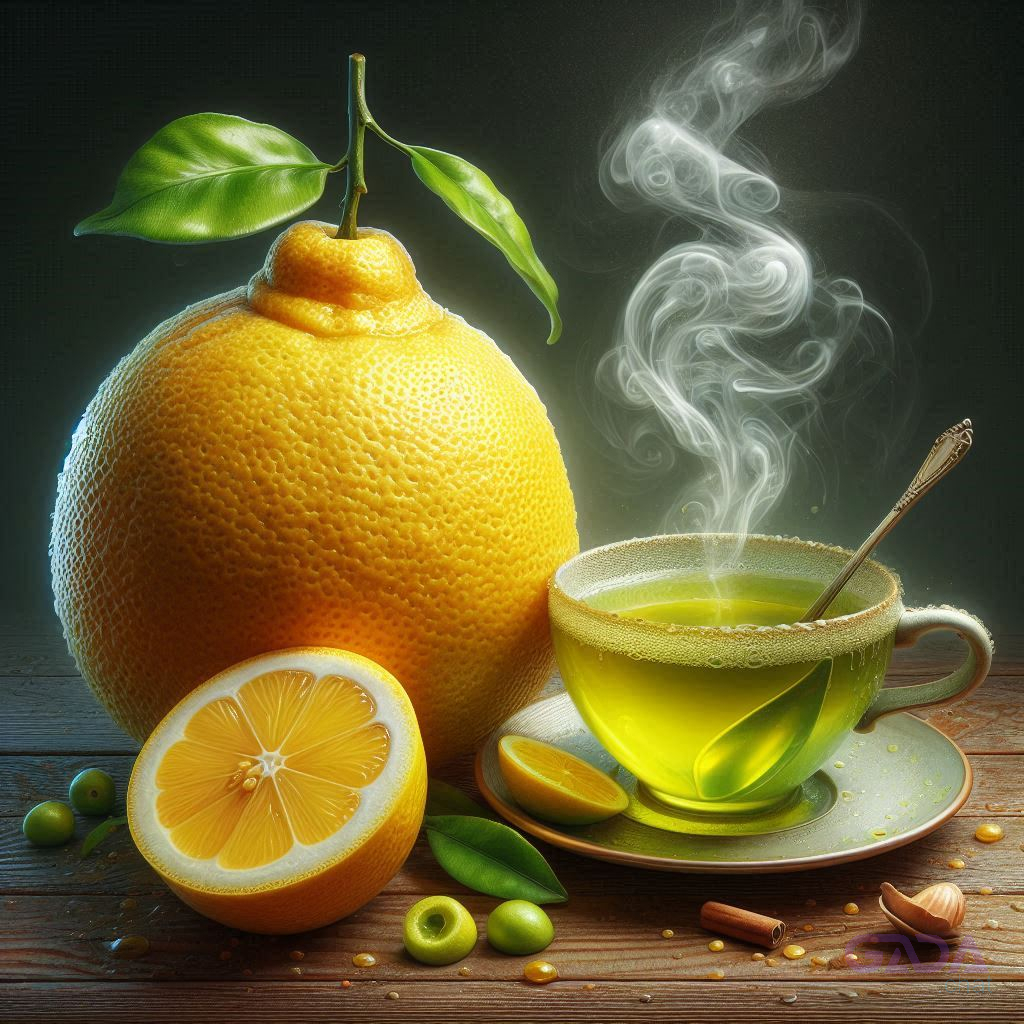Cardiologist reveals the high-cholesterol food you actually should eat
High cholesterol can increase risk of heart attacks and the NHS advises that you can lower your cholesterol and boost heart health by cutting down on fatty food such as meat pies, sausages, butter, hard cheese and cakes.
But, according to a leading cardiologist, that does not mean cholesterol-rich foods have to be avoided entirely. Bath medic Dr Ali Khavandi told the Telegraph that a healthy dietary pattern is likely to be more important than avoiding certain foods. And some may even help improve blood lipid profiles, and therefore cholesterol levels.
Here are five high-cholesterol foods you don’t need to ditch:
1. CHEESE
Cheese is a good source of protein and calcium but often high in saturated fat and salt and can raise cholesterol.
However, Dr Khavandi said: “Everyone thinks that cheese is a disaster. I often hear people say ‘my cholesterol is high, so I shouldn’t eat cheese’, but there’s good data that long-fermented cheeses [such as aged cheddar] are beneficial.”
2. Eggs
It was previously thought that people should limit the number of eggs they eat per week to three or four, due to concerns about high cholesterol in their yolks.
But recent research suggests they have a much smaller effect on total cholesterol and harmful LDL cholesterol than other fatty foods.
Dr Khavandi said: “I think if you ate lots of eggs then your total cholesterol would probably go up but whether or not that would result in any prognostic problems further down the line is arguable. If you’re otherwise healthy then it’s unlikely to be an issue.”
3. Red meat
Eating a lot of red meat can increase levels of LDL cholesterol, but Dr Khavandi said the issue was often over-simplified.
He added: “The received wisdom is that LDL cholesterol is bad, there’s a linear relationship with cardiovascular disease and the best thing you can do is reduce it by cutting out saturated fats from your diet, but that model is now outdated.
“If your cholesterol is high because you are part of that ‘metabolic’ group, then changing your dietary pattern from high sugar/high carbohydrate to eating minimally processed, satiating foods is far more beneficial.”
Lean red meat, trimmed of visible fat, can have less impact on cholesterol levels than fattier cuts of processed meats.
Dr Khavandi said: “Eating a good-quality steak, which is high in protein, improves appetite regulation, which can help bring metabolic disorders under control. It’s very similar to what the GLP-1 medications like Ozempic do; they shut off your hunger.”
4. Shellfish
Shellfish such as shrimp, prawns, crabs and lobsters can be rich in cholesterol. However, they contain very little saturated fat.
The Shellfish Association of Great Britain says on its website: “Eating more shellfish and seafood in your diet is a great way to balance your diet as they’re often packed with minerals, nutrients; they’re low in fat and low calorie.”
5. Liver
Liver is a lean meat which is high in cholesterol, as well as being rich in nutrients like iron and vitamin A.
Charity Heart UK advises that most people do not need to cut down on foods such as liver pate and offal as long as they are eaten as part of a healthy, balanced diet.
High cholesterol can increase risk of heart attacks and the NHS advises that you can lower your cholesterol and boost heart health by cutting down on fatty food such as meat pies, sausages, butter, hard cheese and cakes.
But, according to a leading cardiologist, that does not mean cholesterol-rich foods have to be avoided entirely. Bath medic Dr Ali Khavandi told the Telegraph that a healthy dietary pattern is likely to be more important than avoiding certain foods. And some may even help improve blood lipid profiles, and therefore cholesterol levels.
Here are five high-cholesterol foods you don’t need to ditch:
1. CHEESE
Cheese is a good source of protein and calcium but often high in saturated fat and salt and can raise cholesterol.
However, Dr Khavandi said: “Everyone thinks that cheese is a disaster. I often hear people say ‘my cholesterol is high, so I shouldn’t eat cheese’, but there’s good data that long-fermented cheeses [such as aged cheddar] are beneficial.”
2. Eggs
It was previously thought that people should limit the number of eggs they eat per week to three or four, due to concerns about high cholesterol in their yolks.
But recent research suggests they have a much smaller effect on total cholesterol and harmful LDL cholesterol than other fatty foods.
Dr Khavandi said: “I think if you ate lots of eggs then your total cholesterol would probably go up but whether or not that would result in any prognostic problems further down the line is arguable. If you’re otherwise healthy then it’s unlikely to be an issue.”
3. Red meat
Eating a lot of red meat can increase levels of LDL cholesterol, but Dr Khavandi said the issue was often over-simplified.
He added: “The received wisdom is that LDL cholesterol is bad, there’s a linear relationship with cardiovascular disease and the best thing you can do is reduce it by cutting out saturated fats from your diet, but that model is now outdated.
“If your cholesterol is high because you are part of that ‘metabolic’ group, then changing your dietary pattern from high sugar/high carbohydrate to eating minimally processed, satiating foods is far more beneficial.”
Lean red meat, trimmed of visible fat, can have less impact on cholesterol levels than fattier cuts of processed meats.
Dr Khavandi said: “Eating a good-quality steak, which is high in protein, improves appetite regulation, which can help bring metabolic disorders under control. It’s very similar to what the GLP-1 medications like Ozempic do; they shut off your hunger.”
4. Shellfish
Shellfish such as shrimp, prawns, crabs and lobsters can be rich in cholesterol. However, they contain very little saturated fat.
The Shellfish Association of Great Britain says on its website: “Eating more shellfish and seafood in your diet is a great way to balance your diet as they’re often packed with minerals, nutrients; they’re low in fat and low calorie.”
5. Liver
Liver is a lean meat which is high in cholesterol, as well as being rich in nutrients like iron and vitamin A.
Charity Heart UK advises that most people do not need to cut down on foods such as liver pate and offal as long as they are eaten as part of a healthy, balanced diet.
Cardiologist reveals the high-cholesterol food you actually should eat
High cholesterol can increase risk of heart attacks and the NHS advises that you can lower your cholesterol and boost heart health by cutting down on fatty food such as meat pies, sausages, butter, hard cheese and cakes.
But, according to a leading cardiologist, that does not mean cholesterol-rich foods have to be avoided entirely. Bath medic Dr Ali Khavandi told the Telegraph that a healthy dietary pattern is likely to be more important than avoiding certain foods. And some may even help improve blood lipid profiles, and therefore cholesterol levels.
Here are five high-cholesterol foods you don’t need to ditch:
1. CHEESE
Cheese is a good source of protein and calcium but often high in saturated fat and salt and can raise cholesterol.
However, Dr Khavandi said: “Everyone thinks that cheese is a disaster. I often hear people say ‘my cholesterol is high, so I shouldn’t eat cheese’, but there’s good data that long-fermented cheeses [such as aged cheddar] are beneficial.”
2. Eggs
It was previously thought that people should limit the number of eggs they eat per week to three or four, due to concerns about high cholesterol in their yolks.
But recent research suggests they have a much smaller effect on total cholesterol and harmful LDL cholesterol than other fatty foods.
Dr Khavandi said: “I think if you ate lots of eggs then your total cholesterol would probably go up but whether or not that would result in any prognostic problems further down the line is arguable. If you’re otherwise healthy then it’s unlikely to be an issue.”
3. Red meat
Eating a lot of red meat can increase levels of LDL cholesterol, but Dr Khavandi said the issue was often over-simplified.
He added: “The received wisdom is that LDL cholesterol is bad, there’s a linear relationship with cardiovascular disease and the best thing you can do is reduce it by cutting out saturated fats from your diet, but that model is now outdated.
“If your cholesterol is high because you are part of that ‘metabolic’ group, then changing your dietary pattern from high sugar/high carbohydrate to eating minimally processed, satiating foods is far more beneficial.”
Lean red meat, trimmed of visible fat, can have less impact on cholesterol levels than fattier cuts of processed meats.
Dr Khavandi said: “Eating a good-quality steak, which is high in protein, improves appetite regulation, which can help bring metabolic disorders under control. It’s very similar to what the GLP-1 medications like Ozempic do; they shut off your hunger.”
4. Shellfish
Shellfish such as shrimp, prawns, crabs and lobsters can be rich in cholesterol. However, they contain very little saturated fat.
The Shellfish Association of Great Britain says on its website: “Eating more shellfish and seafood in your diet is a great way to balance your diet as they’re often packed with minerals, nutrients; they’re low in fat and low calorie.”
5. Liver
Liver is a lean meat which is high in cholesterol, as well as being rich in nutrients like iron and vitamin A.
Charity Heart UK advises that most people do not need to cut down on foods such as liver pate and offal as long as they are eaten as part of a healthy, balanced diet.










